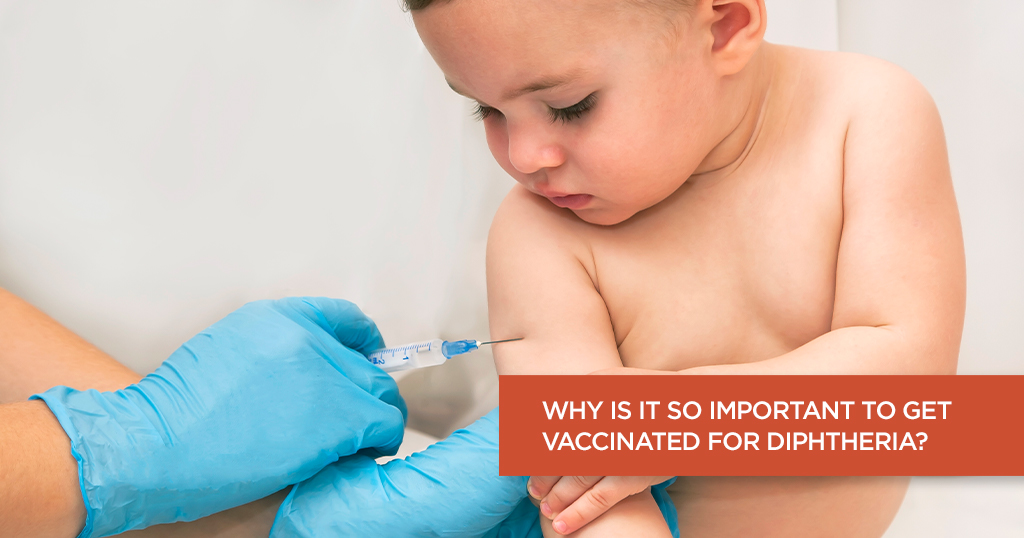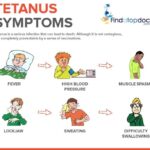Tetanus and diphtheria are life-threatening bacterial infections that, while rare in industrialized nations, continue to pose significant health risks globally. Prevention strategies for both diseases rely on the effectiveness of tetanus-diphtheria (Td) and tetanus-diphtheria-pertussis (Tdap) vaccines. These diseases are preventable with timely immunization and booster coverage, making adherence to recommended vaccination schedules critical for individual and public health.

Understanding Tetanus and Diphtheria: Causes and Transmission
Tetanus
- Causative Agent: Clostridium tetani
- Transmission: Enters through cuts, puncture wounds, burns, or surgical sites
- Symptoms: Muscle stiffness, spasms (especially jaw—“lockjaw”), breathing difficulty, autonomic instability
Diphtheria
- Causative Agent: Corynebacterium diphtheriae
- Transmission: Airborne via respiratory droplets or direct contact
- Symptoms: Sore throat, low-grade fever, thick gray membrane in throat, potential heart and nerve damage
Both diseases require immediate medical attention. However, preventive vaccination is the only effective long-term solution.
Vaccine Types for Tetanus-Diphtheria Prevention
DTaP, Tdap, and Td Vaccines
| Vaccine | Target Group | Components |
|---|---|---|
| DTaP | Children under 7 | Diphtheria, Tetanus, Pertussis |
| Tdap | Adolescents & adults | Reduced Diphtheria, Tetanus, Pertussis |
| Td | Adults | Reduced Diphtheria, Tetanus |
Td and Tdap are central to ongoing tetanus-diphtheria prevention in adolescents and adults. The reduced diphtheria component ensures safety while maintaining immunity.
Immunization Schedule for Tetanus-Diphtheria Prevention
Children
- DTaP: Administered at 2, 4, 6, and 15–18 months, with a final dose at 4–6 years
- Booster: Tdap at 11–12 years
Adults
- Tdap: One dose at adulthood (if not previously given)
- Td: Every 10 years thereafter, or after injury if it has been more than 5 years
Pregnant Women
- Tdap during every pregnancy (ideally between 27–36 weeks gestation) to protect both mother and newborn
Post-Exposure Prophylaxis and Booster Strategy
Following certain injuries, especially those prone to tetanus exposure (e.g., punctures, burns), post-exposure prophylaxis is essential.
Wound Classification and Vaccine Response
| Wound Type | Immunization History | Recommended Action |
|---|---|---|
| Clean, minor | ≥3 doses | Td if last dose >10 years ago |
| Other wounds | ≥3 doses | Td if >5 years since last dose |
| Unknown or <3 doses | Any wound | Td + Tetanus Immune Globulin (TIG) |
Prompt wound care, debridement, and early administration of Td or Tdap remain core to successful tetanus-diphtheria prevention.
Public Health Strategies for Global Tetanus-Diphtheria Elimination
WHO and UNICEF Global Immunization Efforts
Efforts aim to eliminate maternal and neonatal tetanus and prevent diphtheria outbreaks by:
- Expanding routine Td vaccination coverage
- Promoting Tdap during pregnancy
- Enforcing sterile birthing practices
- Integrating catch-up campaigns in low-coverage regions
National Immunization Programs (NIPs) strive to meet the WHO’s 90% DTP3 coverage target, critical for herd immunity.
Surveillance and Booster Compliance
Immunity Monitoring
Antibody titers may be assessed for:
- Healthcare personnel
- Laboratory workers
- Individuals with uncertain immunization history
Tetanus and diphtheria antibodies decline over time, underscoring the need for decennial Td boosters.
High-Risk Populations and Special Considerations
- Elderly individuals may have reduced immunity and need reassessment
- Travelers to endemic regions should verify up-to-date Tdap/Td coverage
- Military and first responders require routine immunization checks
- Immunocompromised individuals may need post-vaccination antibody verification
Sustaining Tetanus-Diphtheria Immunity for Life
The key to eliminating tetanus and diphtheria lies in universal vaccine coverage, strict adherence to booster schedules, and proactive public health strategies. Tetanus-diphtheria prevention is not a one-time event but a lifelong commitment. Healthcare systems must continuously advocate for immunization, monitor coverage, and educate the population to safeguard against these preventable yet deadly diseases. With sustained global collaboration and community engagement, we can ensure that tetanus and diphtheria remain relics of the past.

